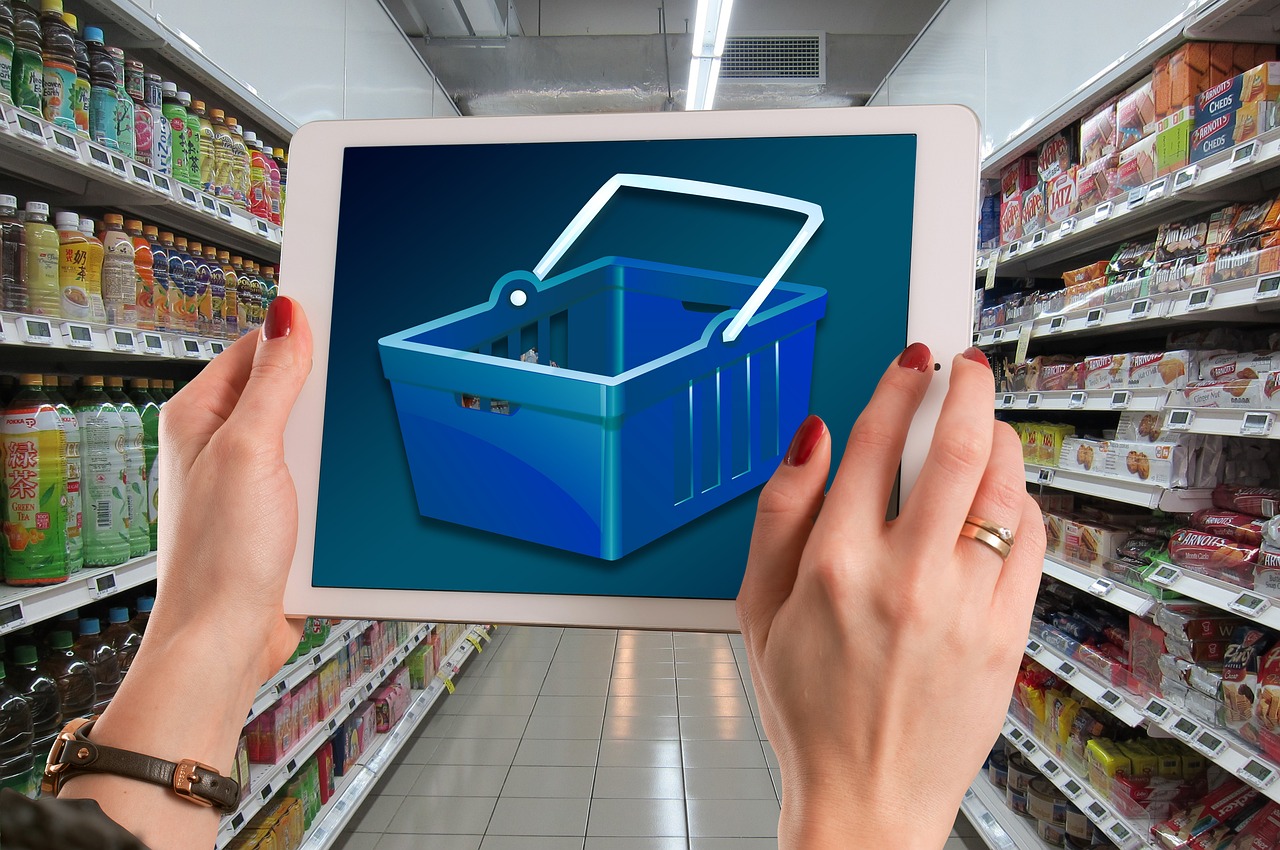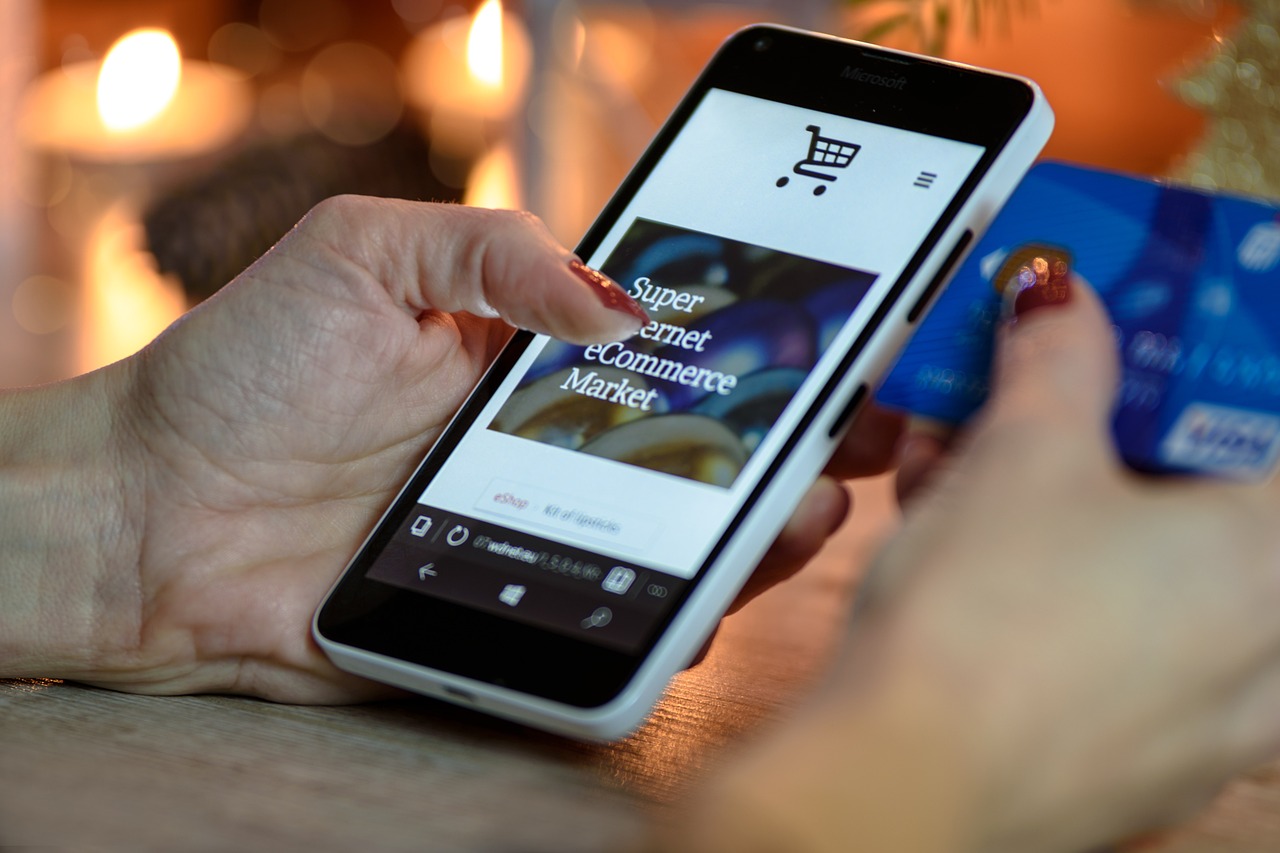6 Keys to Creating an Effective B2C Webstore
April 18, 2024 - 11 minutes readKeeping the customer in mind as you optimize your E-commerce storefront.

Electronic business-to-consumer (B2C) shopping, or E-commerce as it is commonly known, is an idea that predates the internet as we know it. Forty years ago, Mrs. Jane Snowball became the first online B2C customer when she placed an order from her local Tesco market using a microcomputer in the public library. Since that time, online shopping has gone on to become an important aspect of our daily lives, continuing to trim market share from traditional brick-and-mortar shopping.
With so many options for pre-packaged, customizable, and fully integrated webstores, E-commerce retailers have plenty of great tools and options at their disposal. The key lies in creating the perfect B2C webstore to suit the needs of your own business and customers.
“If you do build a great experience, customers tell each other about that. Word of mouth is very powerful.” – Jeff Bezos
What is a B2C webstore?
A B2C webstore is an online platform that allows businesses to sell their products directly to internet customers using electronic payment methods. Unlike business-to-business webstores designed to facilitate transactions between companies, B2C websites cater to individual shoppers who may have more options and place more value on the overall shopping experience. While millions of vendors operate exclusively online, many others utilize their B2C webstore as part of a coordinated multi-channel strategy. Common B2C webstore models include:
- Direct sellers: Individuals or small businesses sell their own products direct to consumers through a stand-alone website.
- Intermediaries: Using this model, companies like Expedia and Trivago will offer the goods or services of others through a common portal.
- Community based: B2C leaders like Amazon and Walmart have evolved to allow individual (3rd party) sellers to set up their own unique webstores under their trusted banner.
The importance of B2C webstores
Gone are the days when simply offering great products at an affordable price will guarantee customers flock to your webstore. With B2C online revenue expected to reach $5.5 trillion by 2027, standing out in a sea of competition is more important than ever. Your website must not only attract customers but engage them by offering unique experiences and benefits they won’t find elsewhere.
B2C webstores have redefined commerce by allowing consumers to shop from the comfort of their own homes. Depending on the product, online search engines can help prospective buyers sort through dozens (or thousands) of options. Without the need for physical inventory to provide a tactile experience, B2C webstores can present a nearly limitless selection of products.
6 keys to creating the perfect B2C webstore
From a consumer’s perspective, the perfect B2C webstore is one that makes the shopping experience easy and fun, while providing multiple options for secure and reliable transactions. The ideal webstore is one that buyers will find themselves visiting over and over. While it’s difficult to pinpoint the ingredients in this secret sauce, these six key elements should always be considered:
1. Visual appeal
The visual appearance and color scheme selected for the B2C webstore are essential, since an unappealing or amateurish interface is likely to scare off many prospective customers. Visitors only need .05 seconds to form an opinion of a website, and decide whether to continue shopping. A professional appearance that reflects brand identity, along with high quality images and a seamless user interface, can entice shoppers to take a closer look.
Visual appearance extends beyond the home page, since product photographs, captions, and headings should be designed to grab the user’s attention and emphasize important selling points. The visual look and feel of the webstore should flow seamlessly from page to page. Pre-designed webstore templates can make it easier to present an attractive visual format using a theme that fits your brand identity.
2. Intuitive navigation
Beyond the initial appearance, an effective B2C webstore must also provide a seamless user experience (UX) and intuitive navigation. Details as simple as the positioning and size of order, exit, and shopping cart buttons can spell the difference between a sale and a click-through. Additional considerations for UX and navigation include:
- Page loading speed and responsiveness
- Well-placed search bars
- Clear and concise menus
- A seamless and secure checkout experience
The addition of social proof is another proven way to improve UX. Consumers are constantly on the lookout for reviews and testimonials that reinforce their shopping choices. Strategically adding real customer feedback throughout your website enhances the shopping experience while building trust.
3. Mobile optimization
Annual mobile retail E-commerce sales in the U.S. are expected to reach $560 billion in 2024. With mobile sales figures continuing to rise as a percentage of the overall total, it is essential to create a B2C webstore that is compatible with mobile Android and iOS platforms. Mobility also expands the boundaries of inventory management and point of sale (POS) software platforms by allowing you to go directly to your customers or products to capture information or complete transactions in real time.
Mobile-enabled B2C platforms can leverage the inherent features and benefits of mobile devices by offering specials and suggestions based on customer GPS location and using built-in QR code scanning capabilities to provide website links, coupons, and shipment tracking features. While developing a mobile-enabled E-commerce webstore is essential, it is equally important to ensure customers have a consistent experience as they move from their smartphone to their laptop or tablet.
4. Engaging content
No amount of imagery or UX features can overcome poorly written or boring content on a website. This applies from the landing page to each detailed product description, tagline, and use case. Quality content tells a story that engages visitors and makes them feel welcome and appreciated. At the same time, hastily written content, misspellings, and poor grammar can ruin the credibility of your webstore by showing a lack of professionalism and concern. The time you spend editing and refreshing written content plants the seeds for future B2C conversions.
“What is written without effort is in general read without pleasure.” – Samuel Johnson
5. Customer responsiveness
Your B2C webstore will only go as far as your customers take it. That’s why it is important to integrate useful customer service options into the site. For example, providing easy access to a customer service hotline or email address will help customers resolve their questions and issues faster. Many companies also utilize chatbots to provide instant AI-assisted responses to common questions.
Customer relationship management (CRM) software integrated with the B2C webstore allows you to collect, store, and analyze valuable customer data and build profiles for each customer over time. CRM also helps you improve customer responsiveness by automating personalized interactions, tailoring marketing campaigns, and tracking customer interactions across various touchpoints.
6. Real time data
Integrating your webstore with inventory management software is another way to improve the function and effectiveness of your B2C webstore. You can avoid stockouts, overselling, and other issues that can impact customer satisfaction by staying in sync with real time inventory data. Integrated inventory management software also supports your brand value and customer experience by:
- Tracking shipments accurately
- Supporting dynamic pricing
- Providing customer visibility into order status
- Simplifying returns and exchanges
- Improving forecasting
If you are satisfied with your current inventory management software, make sure the E-commerce platform you choose to utilize can be integrated easily to avoid complications or delays down the road.
Creating the perfect B2C webstore: Final thoughts
The internet and mobile technology have re-written the business-to-consumer playbook, adding levels of speed, convenience and personalization that were unheard just a few years ago. With the additional data and intelligence provided by integrated inventory management and CRM software, your optimized B2C webstore can quickly become a virtual shopping destination spot.
The Agiliron cloud-based software suite includes inventory management, POS, and full-featured CRM to help you manage orders efficiently as you enhance the shopping experience using real-time data and customer support. The Agiliron platform seamlessly connects with all your favorite applications, including Amazon, Walmart, EBay, Shopify, and many more. Agiliron also offers an extensive library of webstore templates to help you get your new store up and running or migrate an existing store easily.
A B2C webstore is an all-important window into your business, and first impressions are everything. We can help you sort through the available E-commerce options to develop a solution that is just right for you and your growing business. Contact us today and allow our solution experts to explain the many ways a B2C webstore can be optimized for your business.
Tags: customer experience